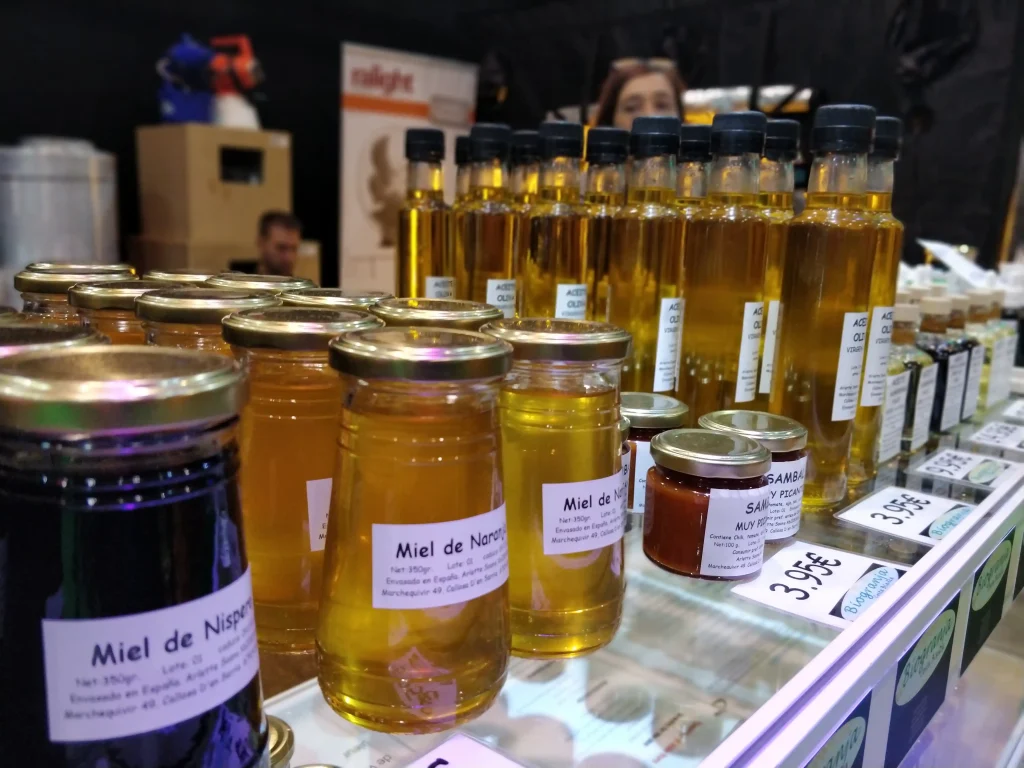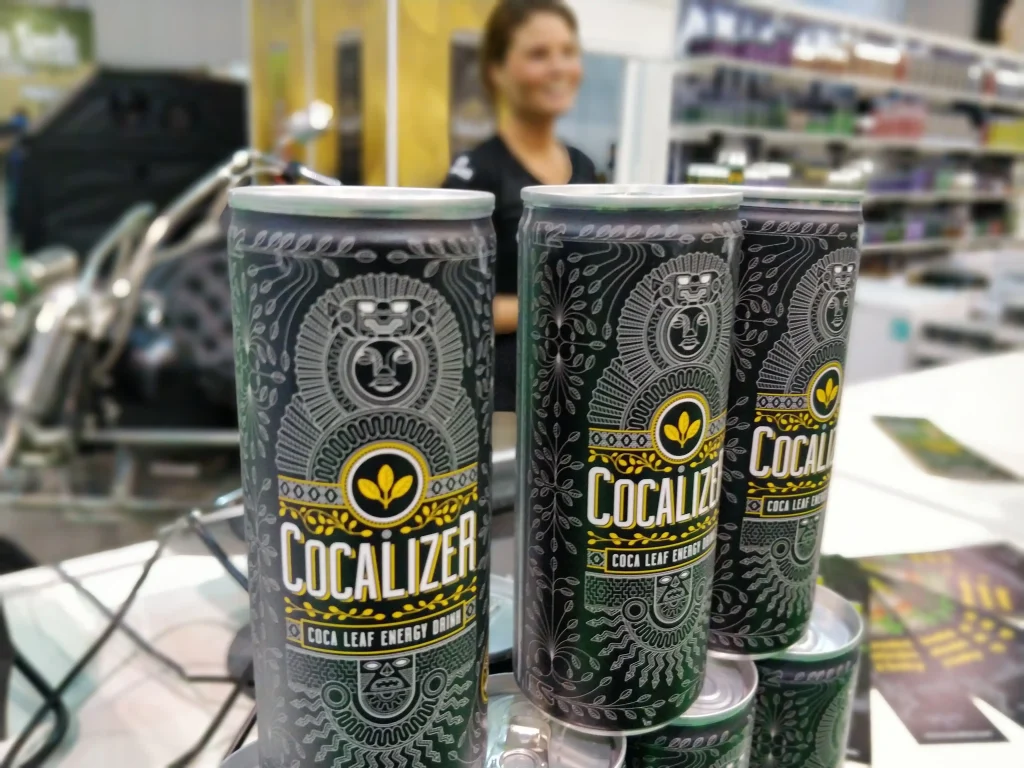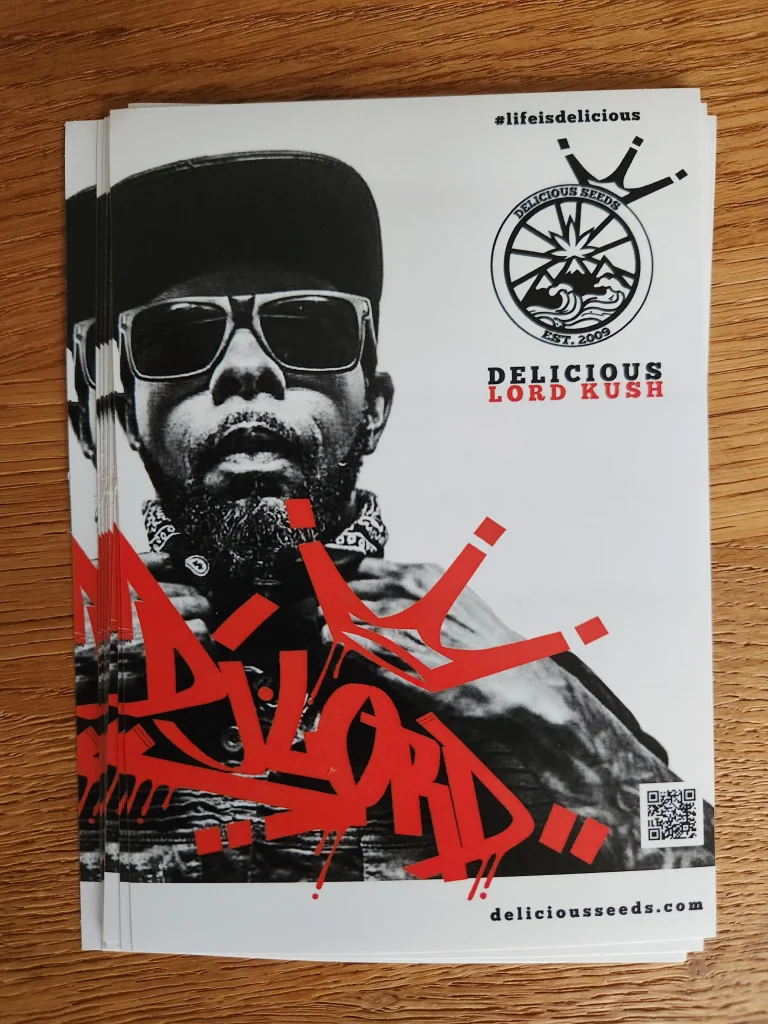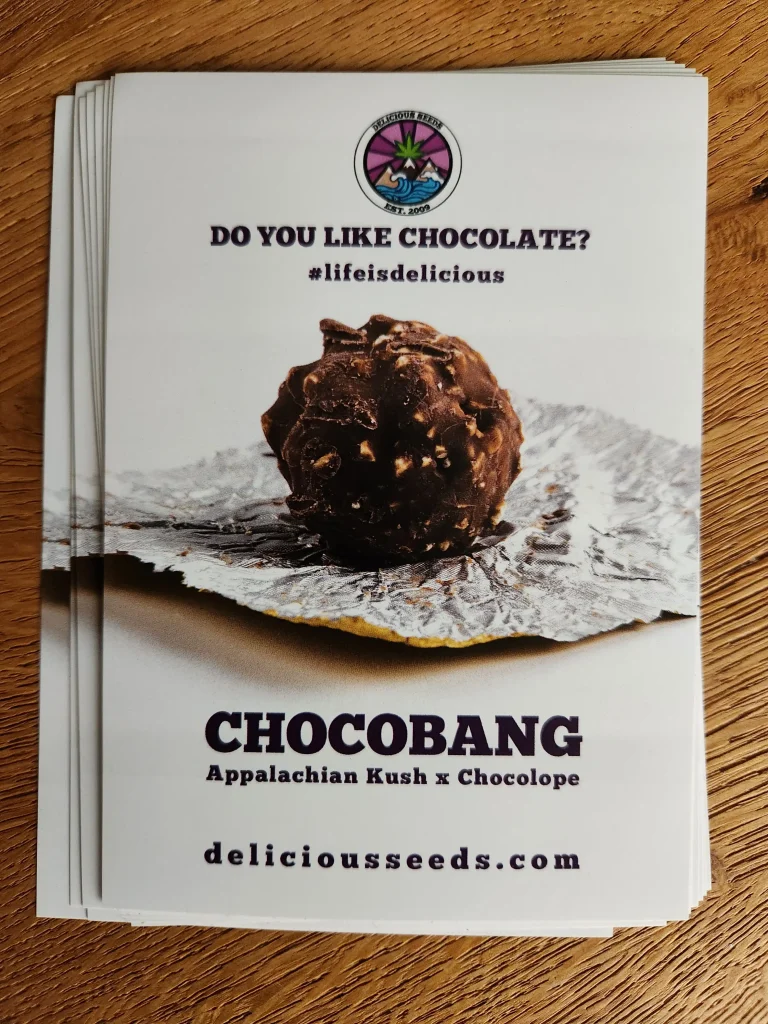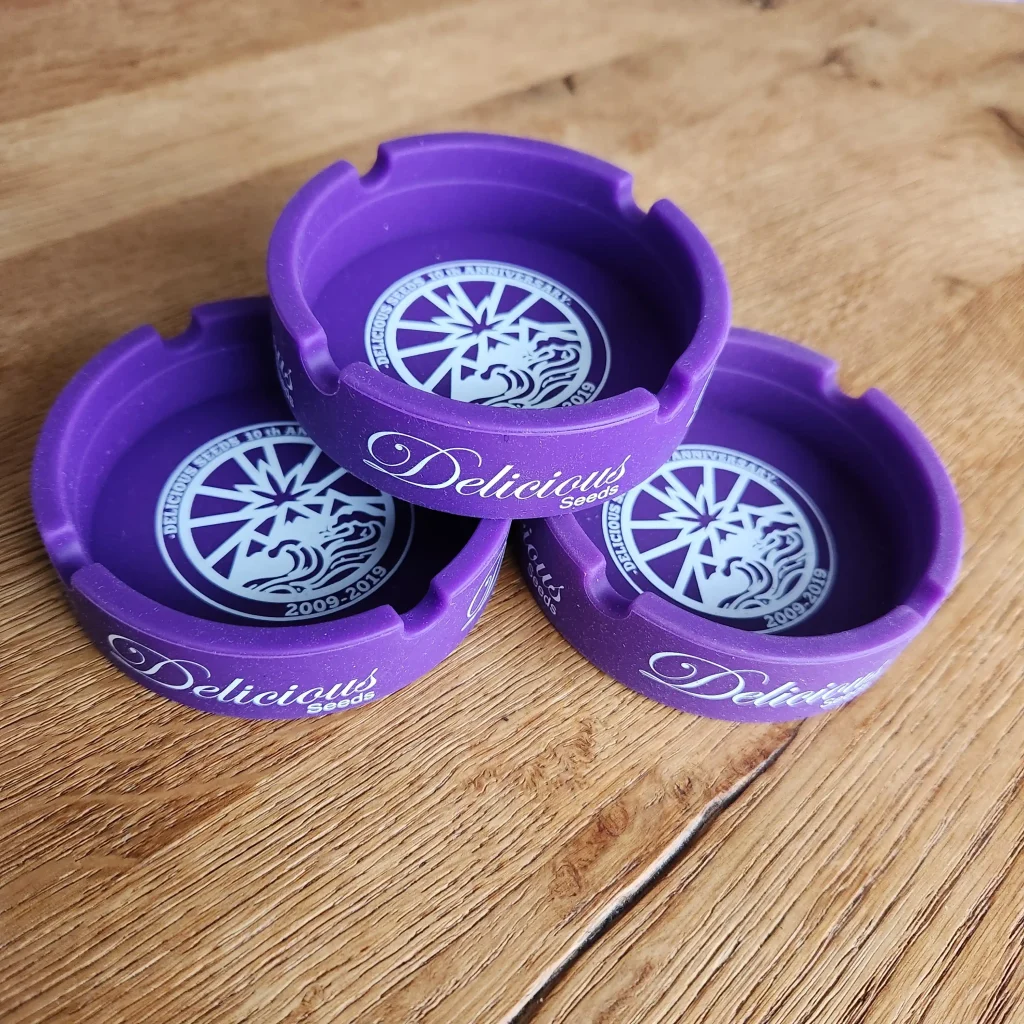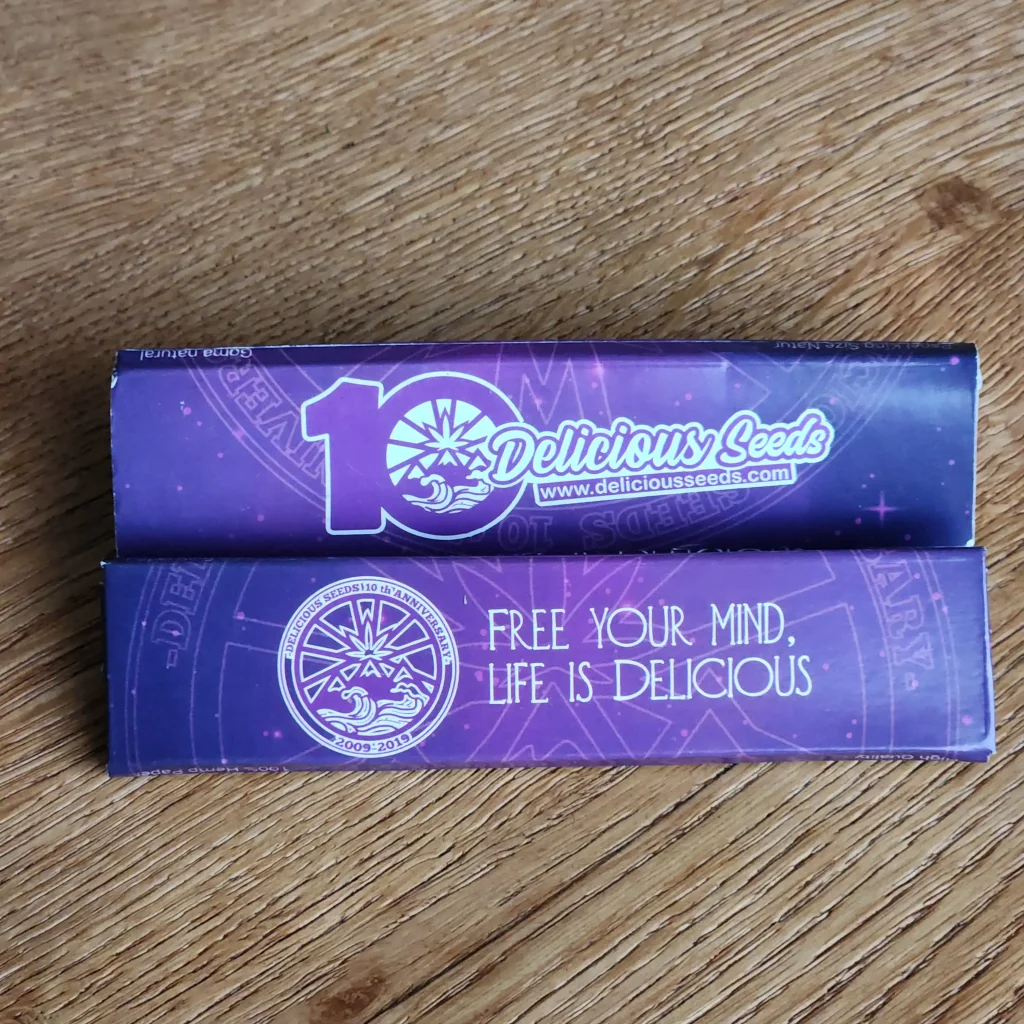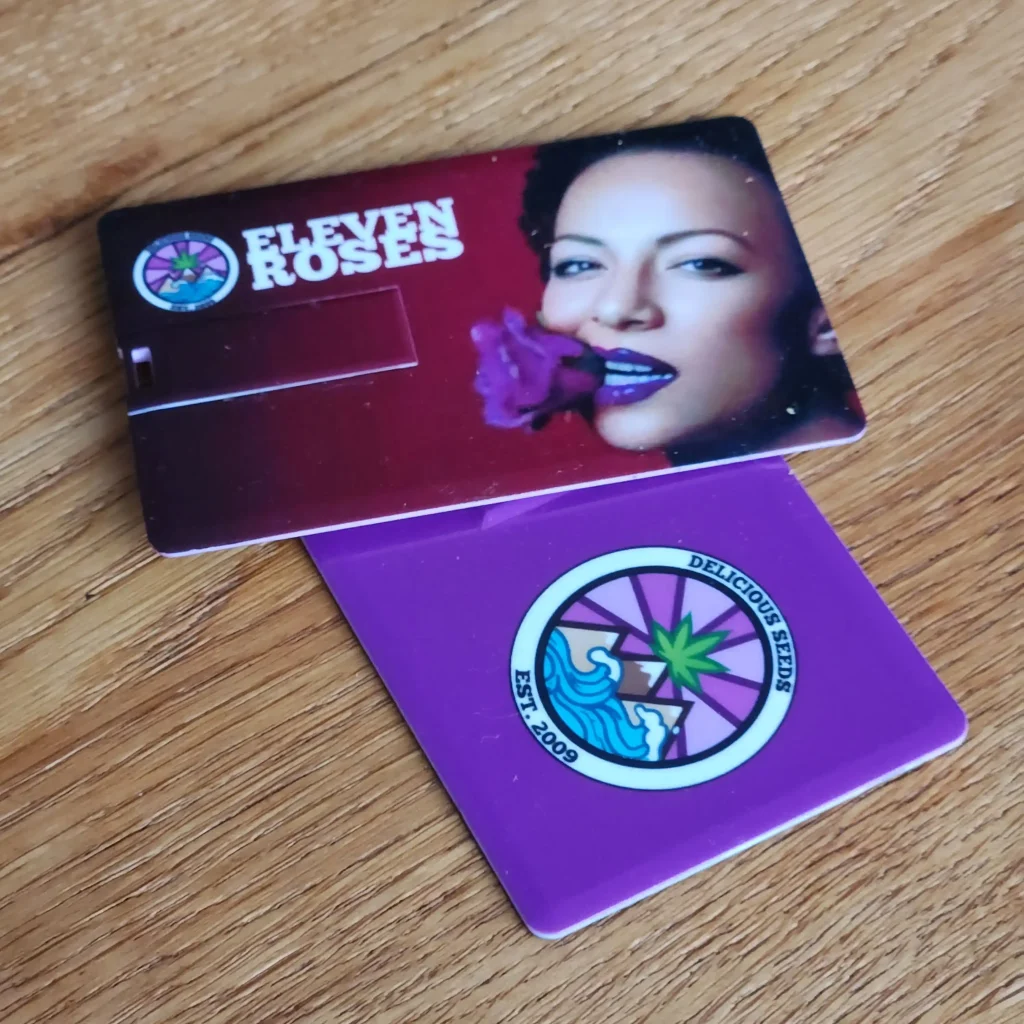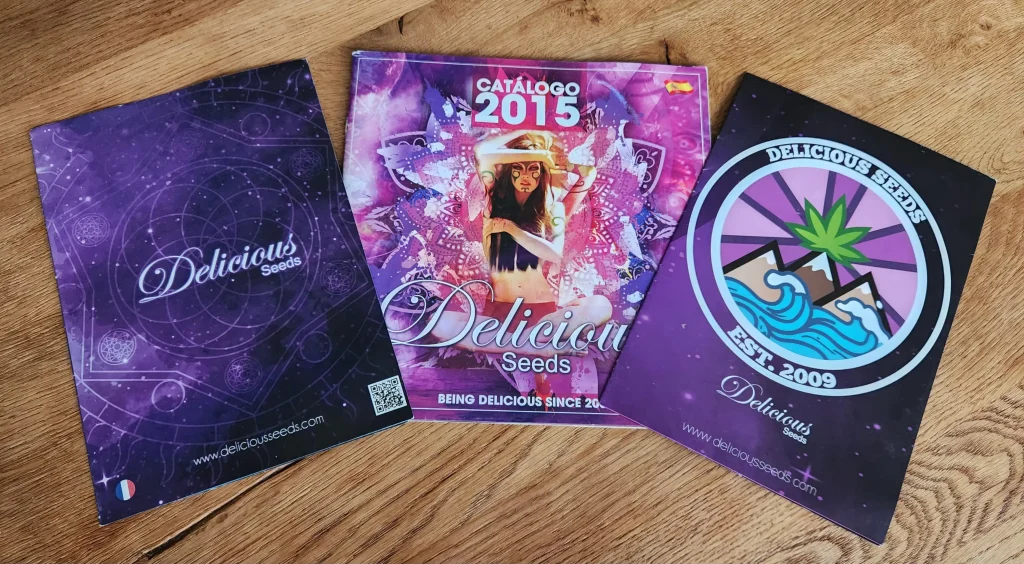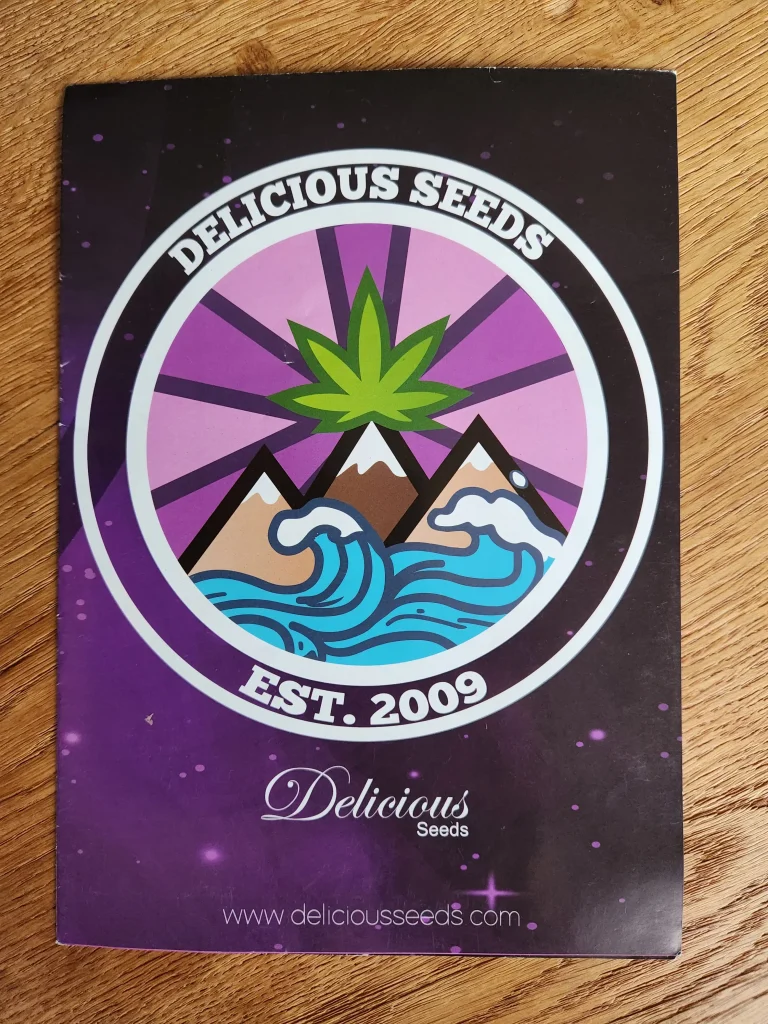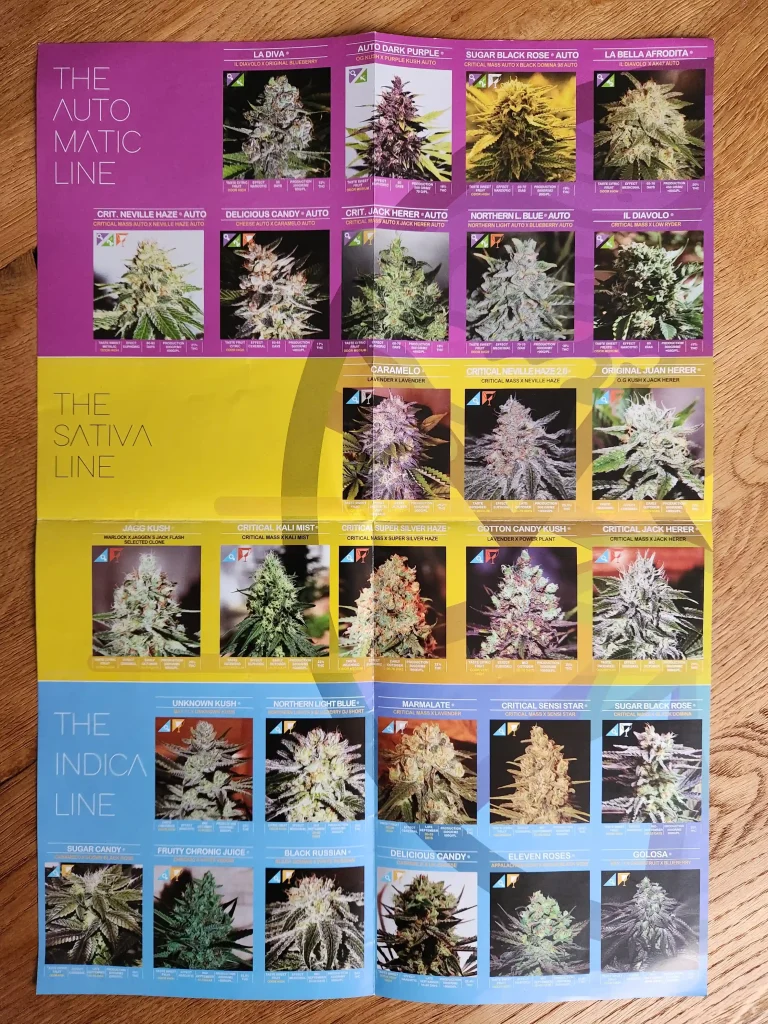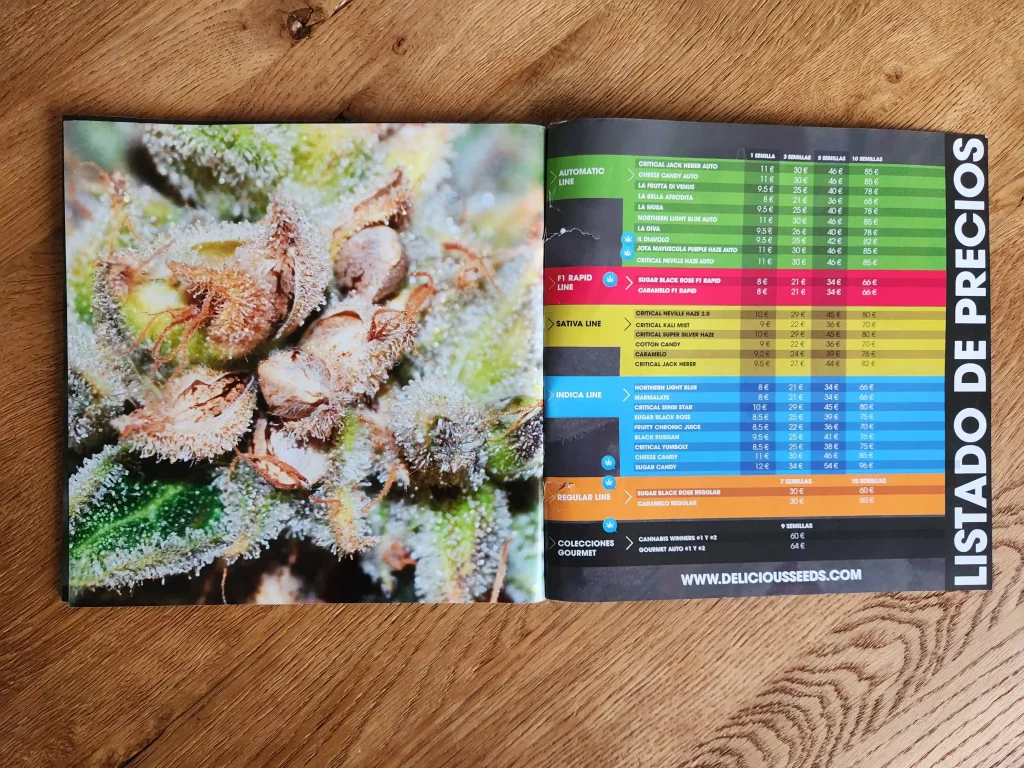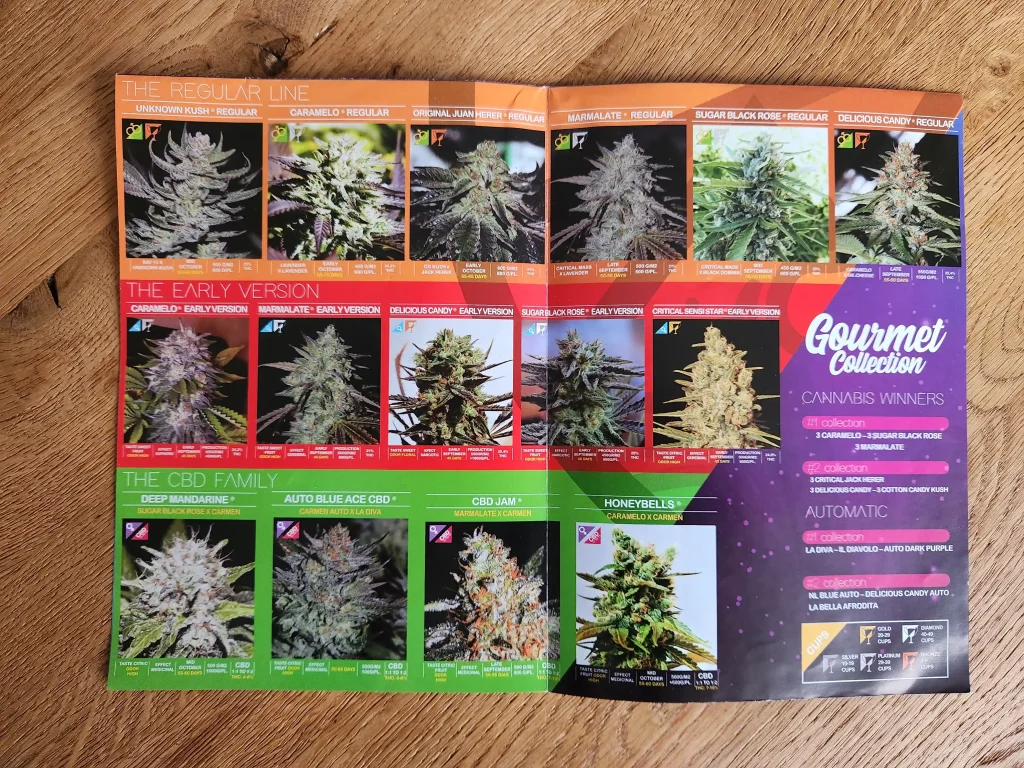
Location: Indoor
Medium: Coco
Growbox: Spider Farmer 150150200
Fertilizers: Growth Technology, Canna
Light: LED 730W
greenhouseseeds #indoor #LED #spiderfarmer #growthtechnology #canna #coco #scrog

Week 3–7: The Great Grow-venture starts!
Alright, folks, I’m back with my grow report after life threw a few curveballs that kept me from posting the first couple of weeks. Let’s just say reality was playing hardball, but my plants? They’re thriving like nobody’s business!
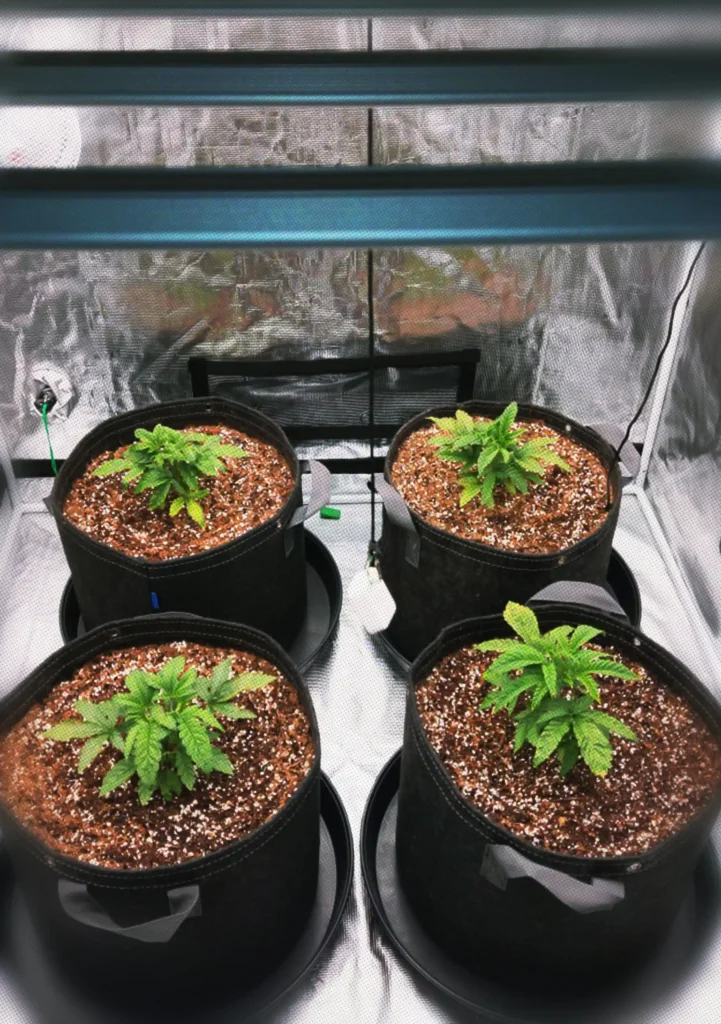
Week 3: The girls in the first pic are three weeks old, and let’s be real — I fumbled the start like a rookie dropping the ball at a championship game. But guess what? The Green House Seeds genetics swooped in like a superhero and saved the day. These ladies are tougher than a $2 steak! In the next week, I’m planning to move them into some fancy 30-liter fabric pots to give their roots room to party.
Week 4: Smooth sailing, my friends! The transplant to those 30L pots went off without a hitch. I sprinkled in a generous dose of Great White mycorrhiza during the move — think of it as a probiotic smoothie for my plants’ roots. They’re loving their new homes and ready to grow like they’re auditioning for a jungle movie.
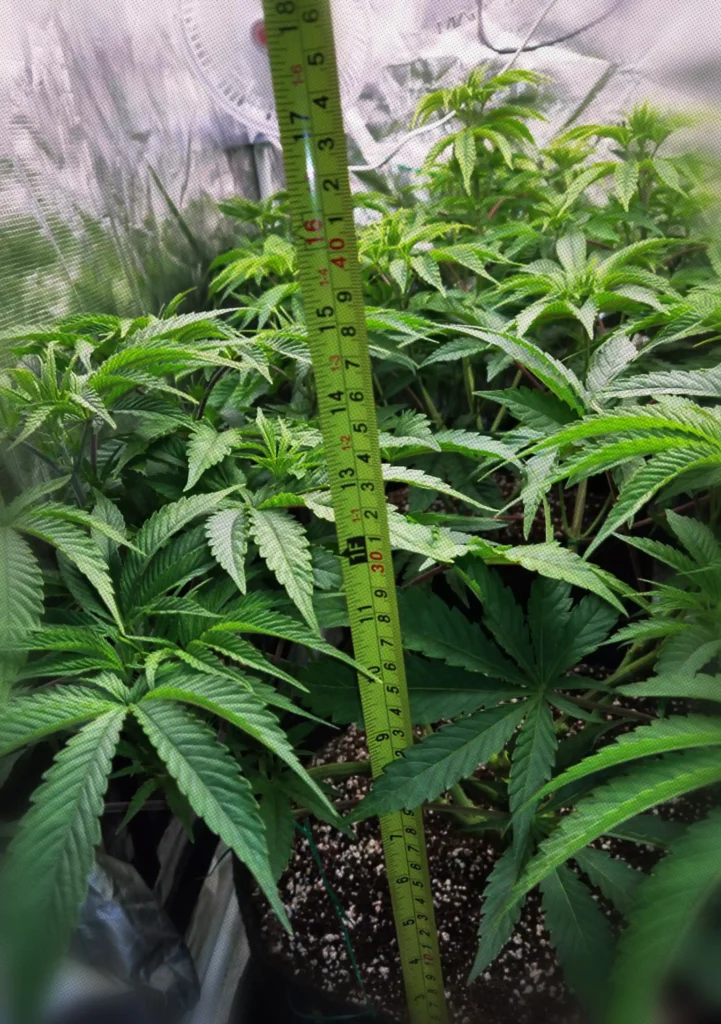
Week 5: Another great week in the books! I gave the girls one last topping on their main colas, so now we’re rocking eight glorious main colas per plant. Green House Seeds genetics are holding it down like a boss — these plants are basically the Chuck Norris of cannabis. Next up, I’m diving into LST (low-stress training) and some light defoliation to keep things tidy.
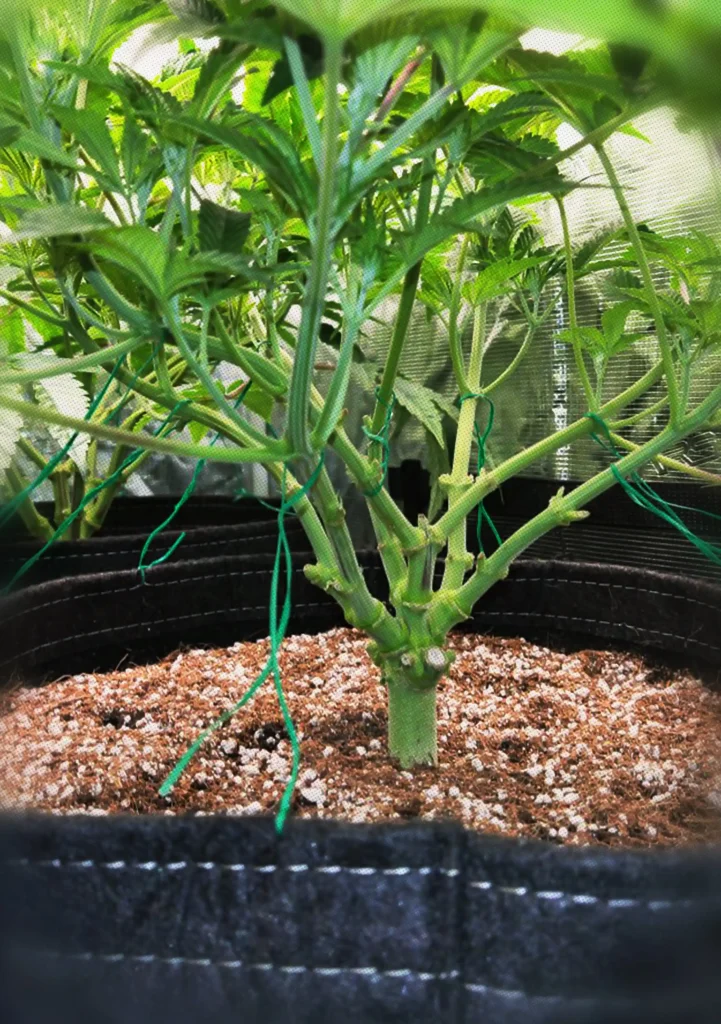
Week 6: Holy moly, the girls are taking over the grow tent like they own the place! The box is filling up fast, and there’s a subtle fruity vibe wafting through the air — it’s like a tropical fruit salad decided to throw a party. I’m gearing up for a major defoliation next week to give them some breathing room, and I’ll start LST to bend those branches into submission. Stay tuned!
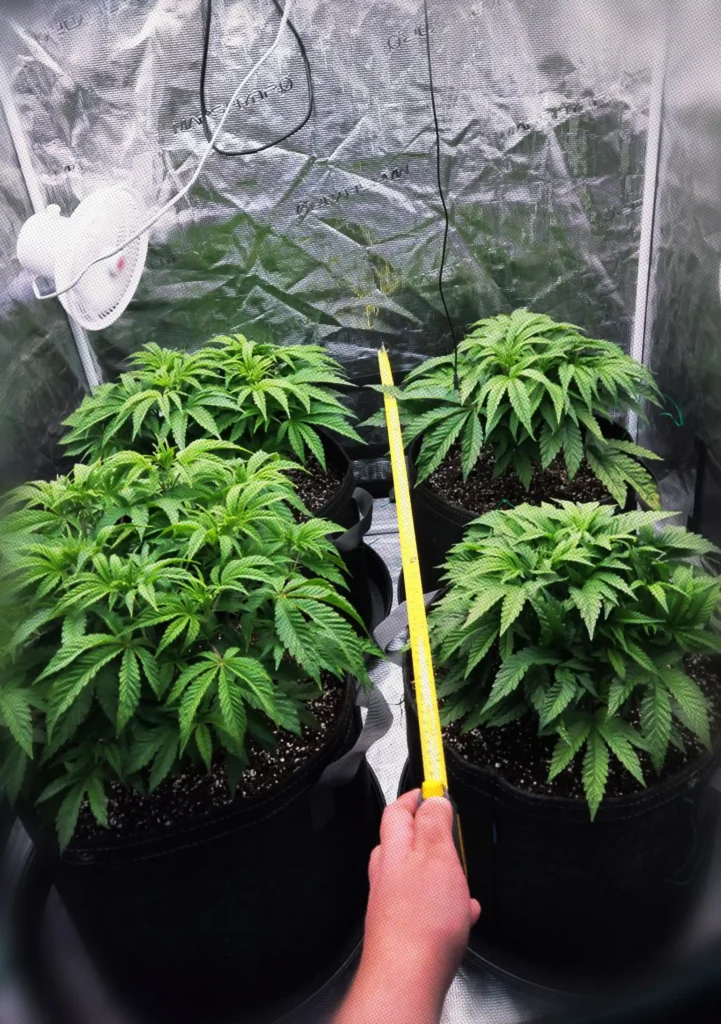
Week 7: Buckle up, because these ladies are growing like they’re on a mission to touch the stars! They’ve doubled in size in just a week, completely hogging the tent like it’s their personal penthouse. I had to roll up my sleeves and defoliate to keep things under control. The growth rate is straight-up bananas — Green House Seeds, you’re killing it! The girls are lush, green, and ready for their close-up.
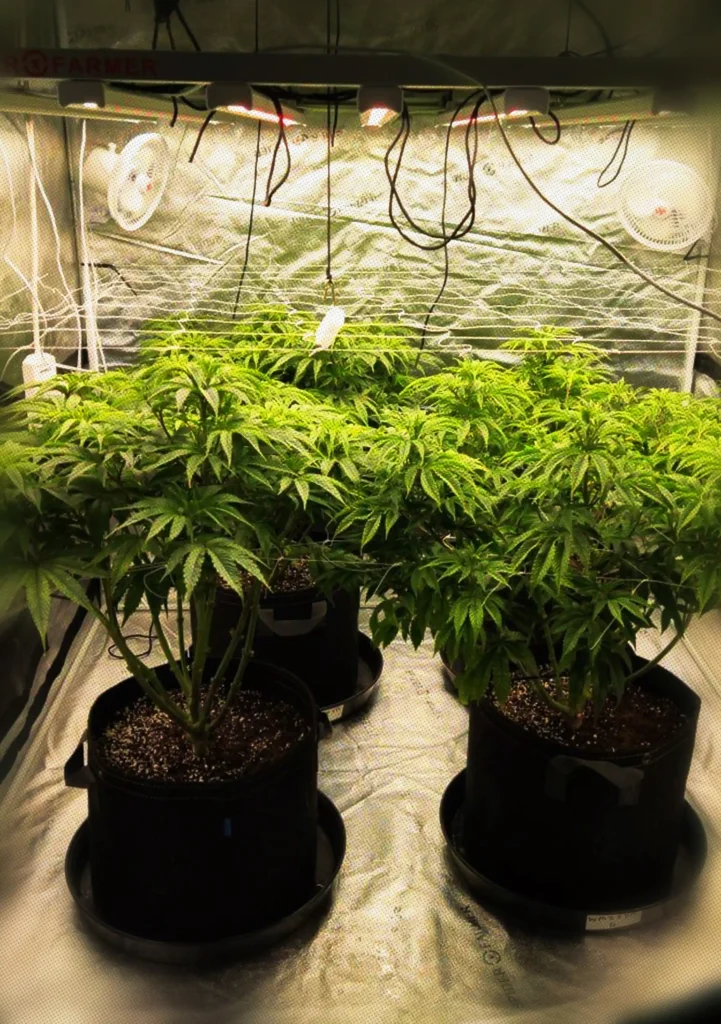
Weeks 8–11: The Grow Show Gets Juicier!
Yo, grow fam, what’s good? Buckle up, because the girls are putting on a performance that’s straight-up Oscar-worthy, and I’m just here taking notes and trying not to mess it up!

Week 8: The ladies got a fancy upgrade this week — I moved them into a bigger grow tent, because who doesn’t love a roomier crib? Also, my new 730W light showed up, and it’s like the sun decided to move in! I’m planning to throw up a ScroG net this week to turn this jungle into a proper masterpiece. These Green House Seeds girls are ready to stretch out and shine.
Week 9: Hey there, plant pals! It’s officially flowering time — cue the confetti! The girls are starting their bloom phase, and I’m keeping it chill with some light defoliation to let them breathe easy. Airflow’s on point, and I’ve upped their nutrient game with a splash of Canna Boost to get those buds pumped. It’s like giving them an energy drink for the flower party.
Week 10: Yo, what’s up? Another killer week with the unstoppable Green House Seeds genetics — these plants are basically the superheroes of my grow tent. I went full Edward Scissorhands with a massive defoliation session to keep things tidy. Also, the back-right plant in its little bucket was slacking, so I gave it a lift to level out the canopy. Now all four ladies are chugging at least 3 liters of water a day like they’re training for the Plant Olympics.
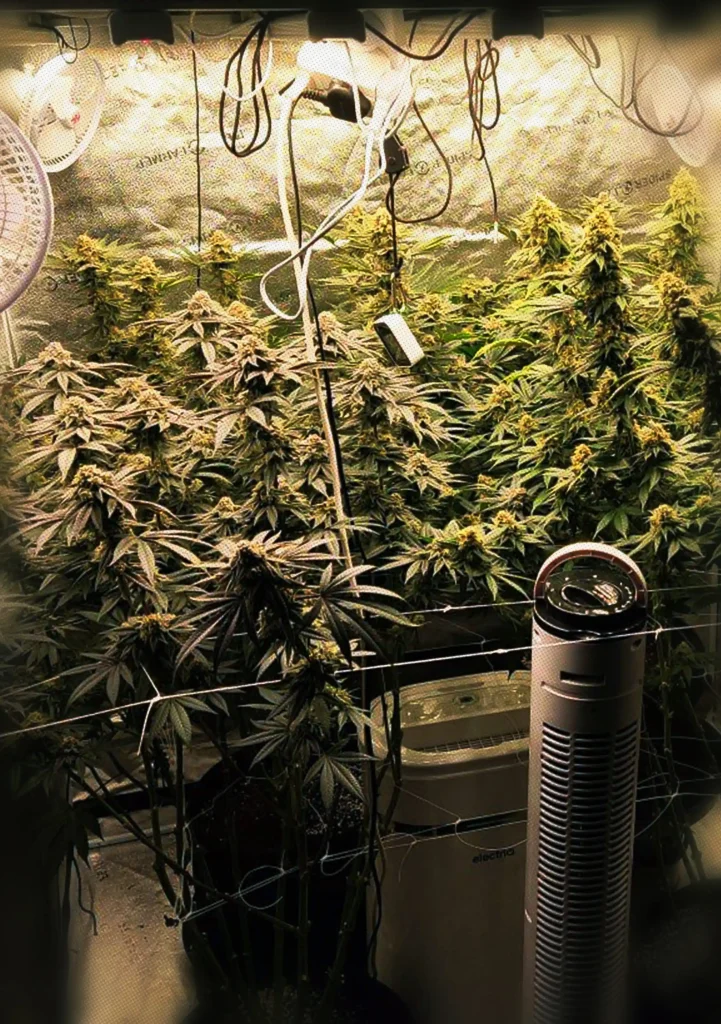
Week 11: Greetings, green thumbs! I snapped some before-and-after pics to show off my defoliation skills — I’m basically a barber for buds at this point. Early flowering means I’m hacking away to let those blooms shine, and I’ve cranked up the PK fertilizers to prep for the bud-tastic weeks 3–6 of flowering. These girls are about to explode into a floral fiesta!
Weeks 12–15: The Bud Bonanza Begins!
Alright, grow gang, we’re deep in the flowering jungle now, and my girls are strutting their stuff like they’re on a cannabis catwalk. Let’s dive into the latest episode of Buds Gone Wild!

Week 12: We’re hitting the fourth week of flowering, and the ladies are living their best lives. I’m in full-on leaf-chopping mode with defoliation, tossing in some hearty nutrients to keep them happy. Honestly, it’s like I’ve flipped on autopilot — these Green House Seeds champs are basically running the show themselves.
Week 13: Yo, the AlienZ girls are getting thicc! They’re packing on the bud weight like they’re prepping for a bodybuilding contest. Temp and humidity are dialed in like a Michelin-star kitchen, so I’m just trimming away to keep things neat. These thirsty divas are still chugging water, and I’m giving them a couple more PK-heavy feedings since they’re gobbling it up like it’s plant candy. No signs of slowing down — these girls are on a mission!
Week 14: What a chill week! The ladies are bulking up like they’re hitting the gym daily. Two of them are throwing off creamy-fruity vibes, while the other two are rocking a spicy, earthy aroma — it’s like a dessert bar and a forest had a baby. Yield-wise, it’s looking like a bumper crop. This is my last week of heavy-duty nutrient doses (week 6 of flowering), and next week I’ll start easing off to let them coast into bud heaven.
Week 15: Hold onto your hats, because these girls are piling on the weight and getting frosty like a winter wonderland! The trichomes are mostly milky, sparkling like tiny diamonds, so I’m gearing up for their final flush next week. It’s like the grand finale of a fireworks show — these buds are about to steal the spotlight.

Weeks 16–17: The Grand Finale of the Bud Bash!
Yo, grow crew, what’s up? We’re in the home stretch, and my plants are ready to take a bow like they just nailed a Broadway performance. Oh, and Happy New Year, you green-thumbed legends!
Week 16: Another week of pure chill vibes in the grow tent. I’m snipping a few leaves here and there like a barber giving a quick trim before a big event. Kicked off the flush at the start of week 8, and I’ll keep the waterworks going for 7–10 days, depending on how those trichomes are feeling. I’m holding out for that perfect 15–20% amber glow — because who doesn’t love a little bling in their buds?
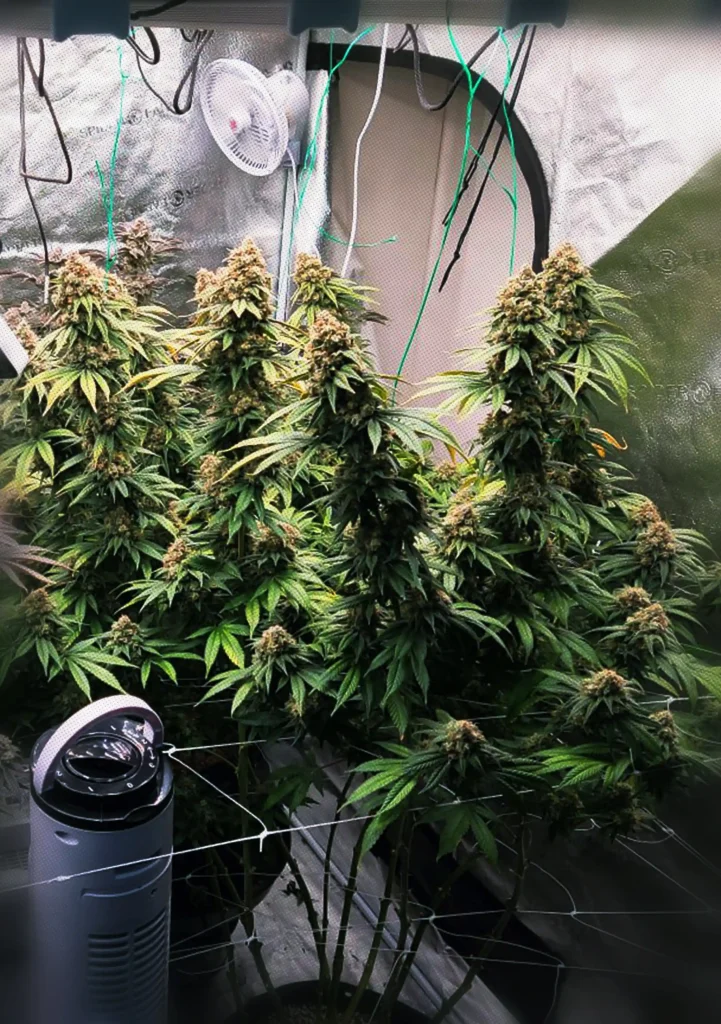
Week 17: Yo, it’s the FINAL WEEK, baby! Can I get a woot-woot?! These girls are strutting their stuff like supermodels at fashion week. The trichomes are cloudy with a chance of awesome, rocking about 10% amber. It’s like they’re saying, “We’re ready for our close-up!” Harvest time is so close I can almost taste it.
Harvest Time: AlienZ from Green House Seeds Steals the Show!
Alright, grow fam, it’s time to pop the champagne — the harvest is in, and AlienZ from Green House Seeds is serving up a cosmic experience!
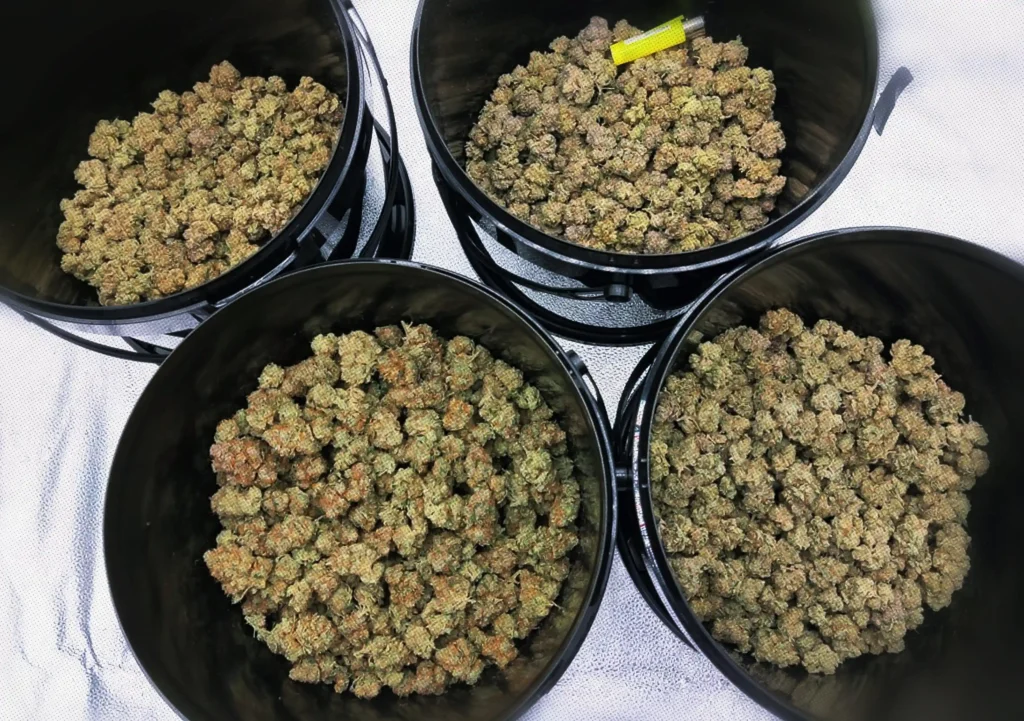
The smoke? Oh, it’s like a first-class ticket to Chillville. It starts with a head-spinning blast that’s like, “Whoa, brain, buckle up!” before melting into a full-body hug that says, “Relax, we got you.” This creamy, dreamy smoke hits like a velvet sledgehammer — smooth but pow! Only one tiny hiccup: one of the girls got a bit frisky and went hermie around weeks 6–7, sprouting five sneaky bananas. I found just two seeds total, so no biggie — just a little extra spice in the mix.
AlienZ is the undisputed champ of this grow! Every plant was loaded with rock-hard buds — we’re talking zero fluff, all business. These ladies took to every training trick like they were born for the spotlight, handling LST, defoliation, and ScroG like pros. If you stick it out to the end, the harvest will have you grinning like you just won the cannabis lottery.
The final tally? A whopping 1022 grams of dry bud — that’s right, over a kilo of pure extraterrestrial goodness!






